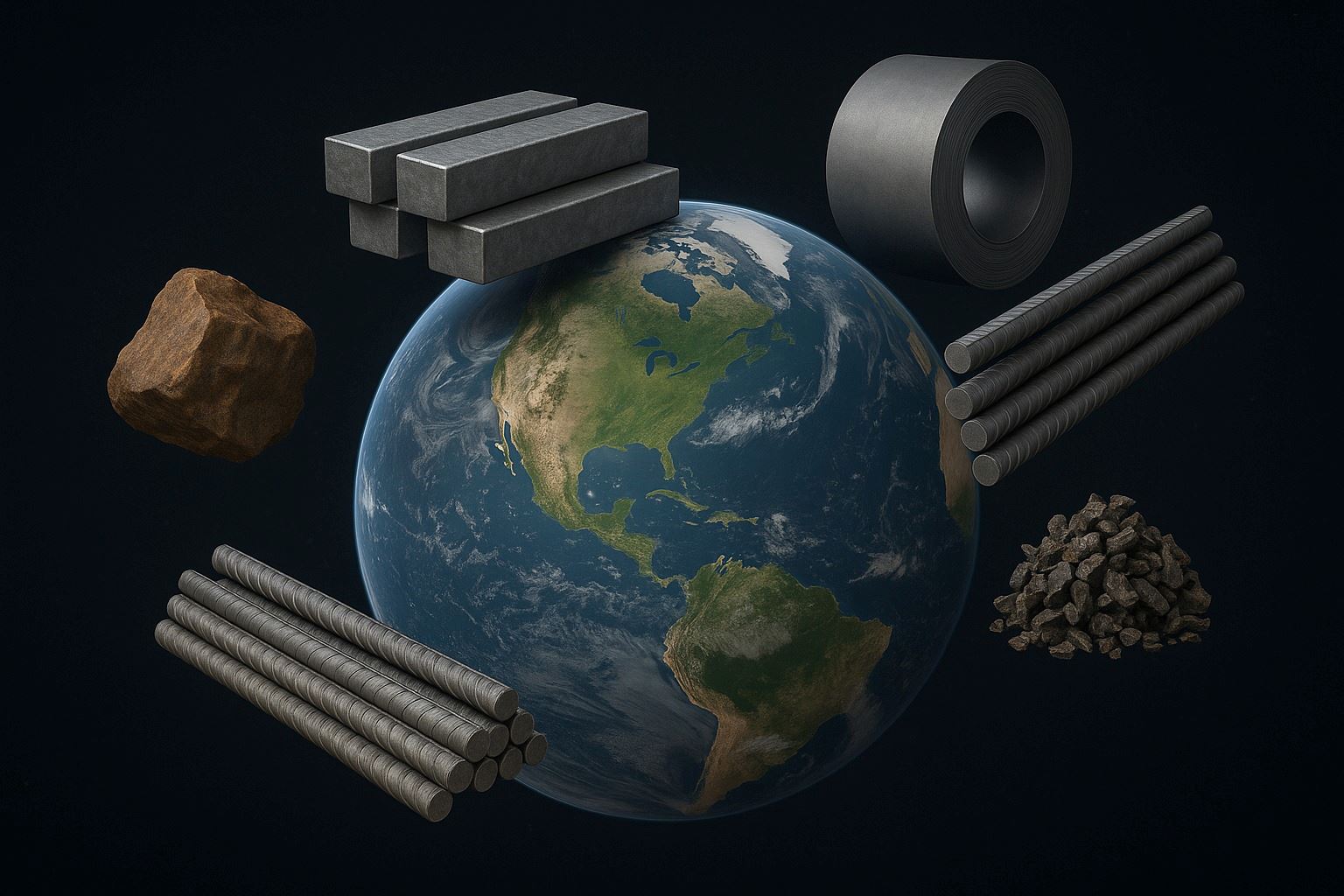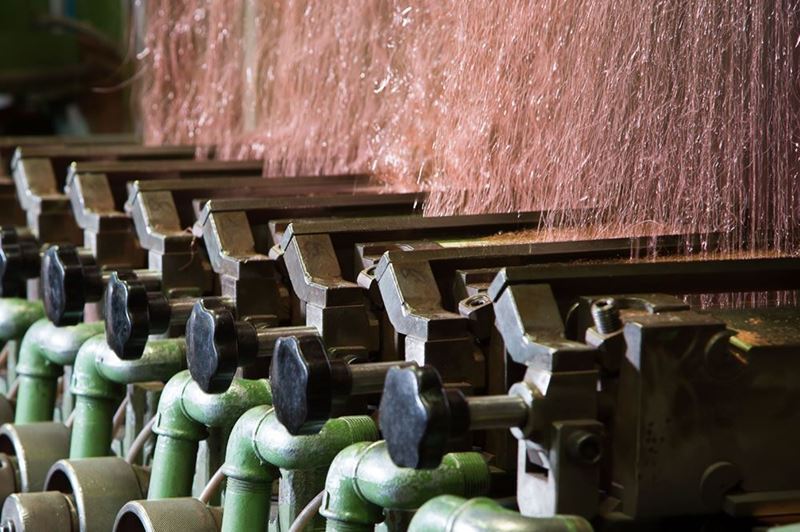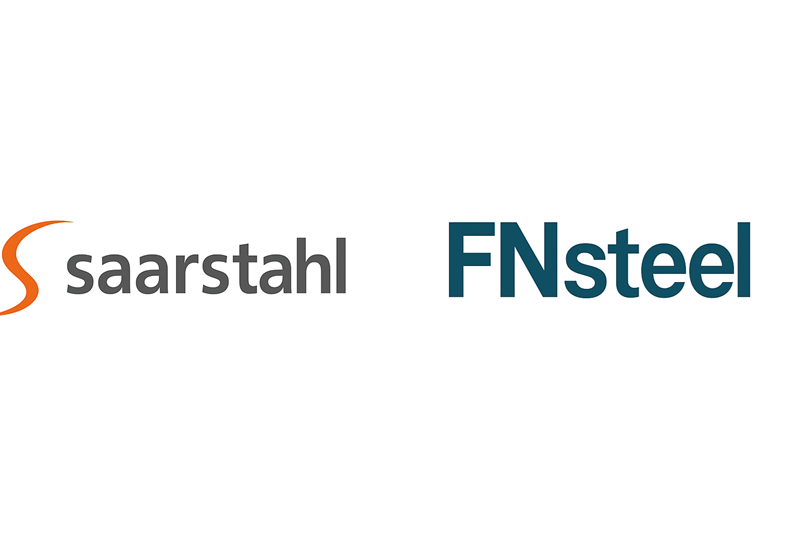In late July and early August, hot-rolled coil prices rose by over 3% week-on-week, reaching around 36,380 rubles per tonne ($457/t), while cold-rolled coil increased by nearly 2% to approximately 47,300 rubles per tonne ($594/t). Steel billet prices at Black Sea ports climbed close to 2.8% to about 35,090 rubles per tonne (FOB), and rebar prices on the same basis advanced by just over 3% to roughly 36,400 rubles per tonne ($457/t). In dollar terms, billet prices remained steady at around $434 FOB, with the ruble-based growth largely attributed to currency depreciation.
Lower price levels in recent months have weighed on the revenues and margins of domestic steelmakers, especially as production costs continue to rise. In the first half of 2025, major producers reported double-digit declines in turnover compared to last year, citing a combination of weaker demand and lower average selling prices. High interest rates and slowing business activity have also contributed to softer consumption.
On the global stage, Chinese steel prices have recently gained momentum, increasing by 6–8% over the past month amid speculation that authorities may take steps to reduce overproduction and counter deflationary pressures. In the final week of July and the start of August, hot-rolled coil in China rose to around $480 per tonne, while rebar approached $456 per tonne. In the Black Sea export market, hot-rolled coil prices strengthened to roughly $466 per tonne over the same period.
Expectations of further policy support for China’s economy and ongoing capacity cuts have added to market optimism. Nevertheless, July saw a slight month-on-month decline in Chinese steel product exports, suggesting some cooling in overseas shipments.
Domestically, the recent rise in prices is partly seasonal, fueled by construction activity, but also reflects a recovery from persistently low levels that dominated much of 2024 and the first half of 2025. Distributors’ lower stock levels and rising raw material costs have further supported the upward price adjustment.
Looking ahead, if demand from construction and export markets remains firm, and lending rates continue to fall, the current trend could extend for another couple of months. Still, the broader production slowdown in Russia points to a challenging market environment, with a sustained recovery likely to depend on more favorable credit conditions. Current estimates suggest that consumption could begin to rebound if the key interest rate falls to around 12%, with a delay of six to twelve months before significant effects are felt.
USD 1 = RUB 79.55









Comments
No comment yet.